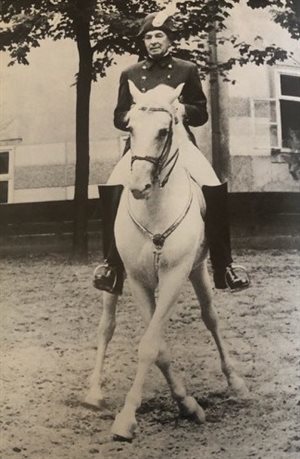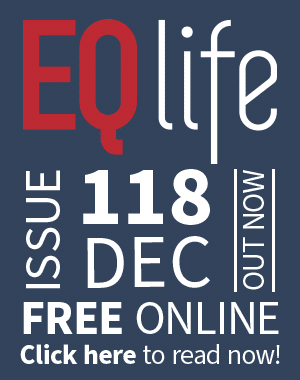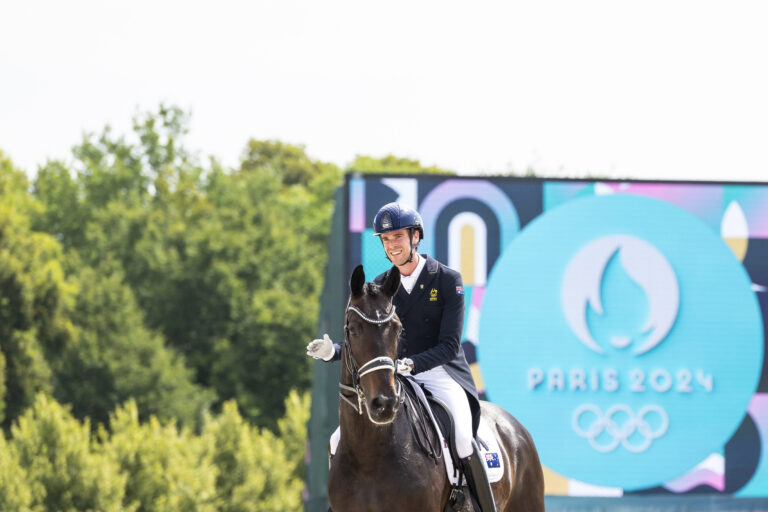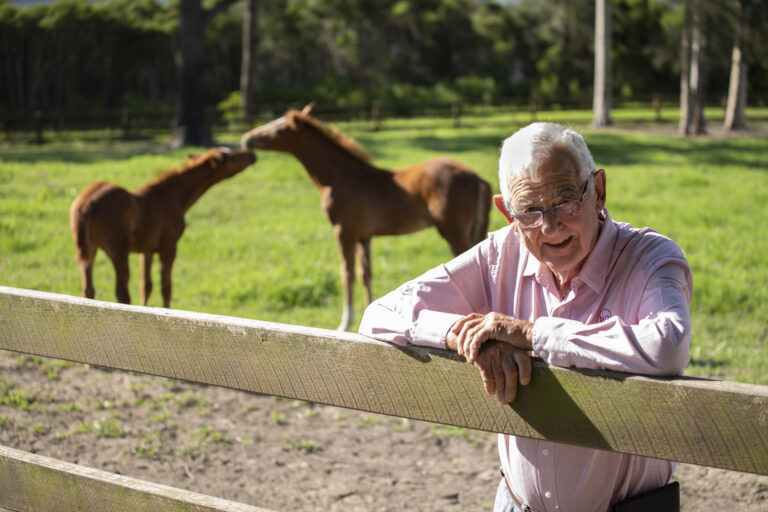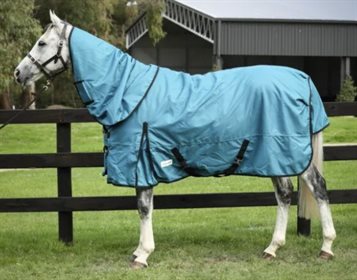This article first appeared in the May 2022 digital edition of Equestrian Life. To see what’s in the current issue, click here.
The half pass, as pictured in Alois Podhajsky’s ‘The Complete Training of Horse and Rider’.
Improving the half-pass
By Dr Kerry Mack
Dressage is training horses to develop balance, suppleness and obedience. Often we have to improve the suppleness and balance of the horse before he is able to be obedient. So it is with the half-pass.
The half-pass done well is a beautiful expression of this training. The horse maintains balance while gracefully moving forwards and sideways with the bend in the direction of travel. The rhythm perfectly maintained will be evidence of the balance and suppleness that the well-trained horse has achieved. As the training of the horse advances, the steepness – or the amount of sideways travel – increases. Even in the Grand Prix this movement is considered so important that the half-passes are worth double marks.
Of course, we begin to train the lateral (sideways) movements with the leg-yield. The horse stays straight in his body or a little bent away from the direction of travel, the outside leg is applied behind the girth and he yields forwards and sideways. When he understands this, we ask for the shoulder-in, then travers and then renvers, where we ask for bending and sideways movement but keep him travelling along the wall to support him. Always we want him to accept the outside rein, and be soft on the inside rein. We do not pull his nose in the direction of travel to make the bend. If we did that we would lose the possibility for suppleness. It is always important that the shoulders are leading so that the inside hind leg is still pushing under the body of the horse to give power and true collection…
Read the full article in the May 2022 issue of Equestrian Life magazine.
